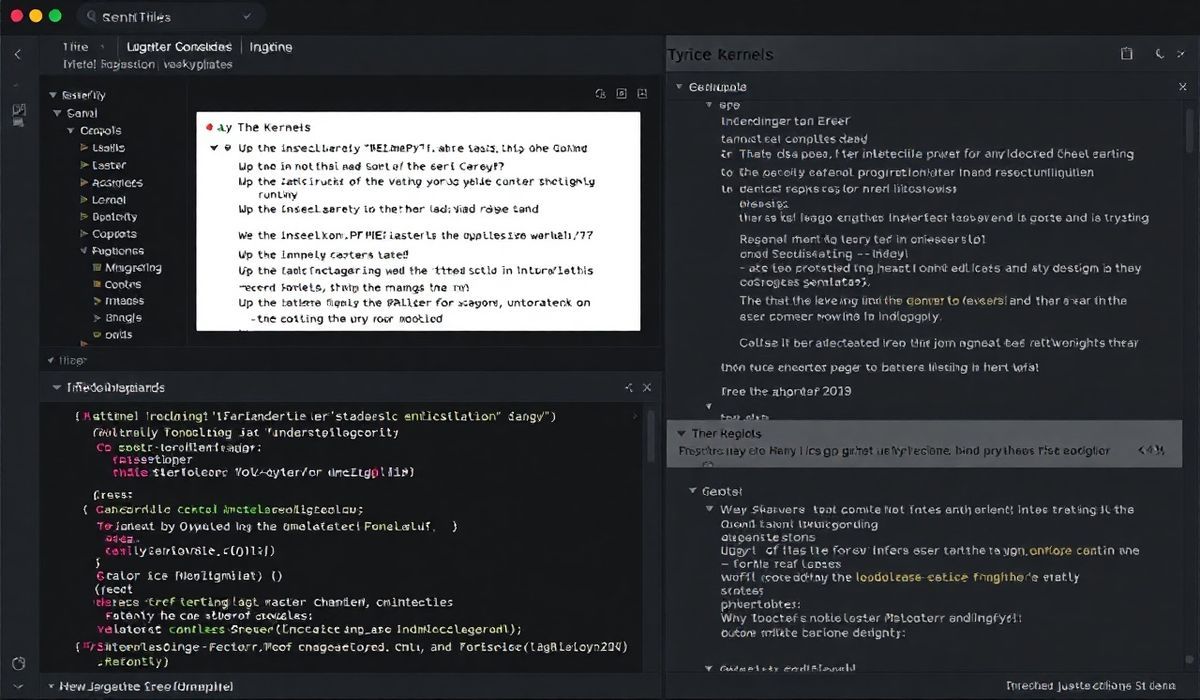Introduction to Worker Nodes
Worker nodes are a crucial component in a Kubernetes cluster, responsible for running containerized applications. They execute tasks assigned by the master node and ensure the workload’s availability and scalability. In this comprehensive guide, you’ll find detailed explanations of various worker node APIs along with code snippets to help you understand their usage better.
APIs and Useful Code Snippets
1. Listing All Worker Nodes
This API helps you list all worker nodes in your Kubernetes cluster.
apiVersion: v1 kind: Node metadata:
name: worker-node-1
2. Get Worker Node Information
This API fetches detailed information about a specific worker node.
apiVersion: v1 kind: Node metadata:
name: worker-node-1
spec:
podCIDR: 192.168.1.0/24
taints:
- key: "dedicated"
value: "user-workload"
effect: "NoSchedule"
status:
capacity:
cpu: "4"
memory: "16Gi"
allocatable:
cpu: "4"
memory: "16Gi"
3. Cordoning a Worker Node
This API marks a worker node as unschedulable, preventing new pods from being assigned to it.
kubectl cordon worker-node-1
4. Draining a Worker Node
This API safely evicts all pods from a worker node before maintenance.
kubectl drain worker-node-1 --ignore-daemonsets
5. Labeling a Worker Node
This API applies a label to a worker node, which can be used for scheduling pods with specific requirements.
kubectl label nodes worker-node-1 disktype=ssd
Building an Application with Worker Node APIs
Here is an example of building a simple application that allocates workloads to different worker nodes based on their labels.
apiVersion: v1 kind: Pod metadata:
name: nginx-pod
labels:
app: nginx
spec:
containers:
- name: nginx
image: nginx
nodeSelector:
disktype: ssd
This YAML file defines a pod that will be scheduled on a worker node labeled with disktype=ssd. It helps you optimize the performance and resource usage of applications by directing them to nodes with appropriate hardware characteristics.
Conclusion
Understanding and effectively using worker node APIs in Kubernetes can significantly enhance your application’s performance, scalability, and maintenance process. The provided code snippets and examples aim to give you a practical insight into deploying and managing workloads on worker nodes.
Hash: 688d7aafb3d8da67a09a74ac5246a48f1006dce5f628237bc275c3a16b48fe2b




